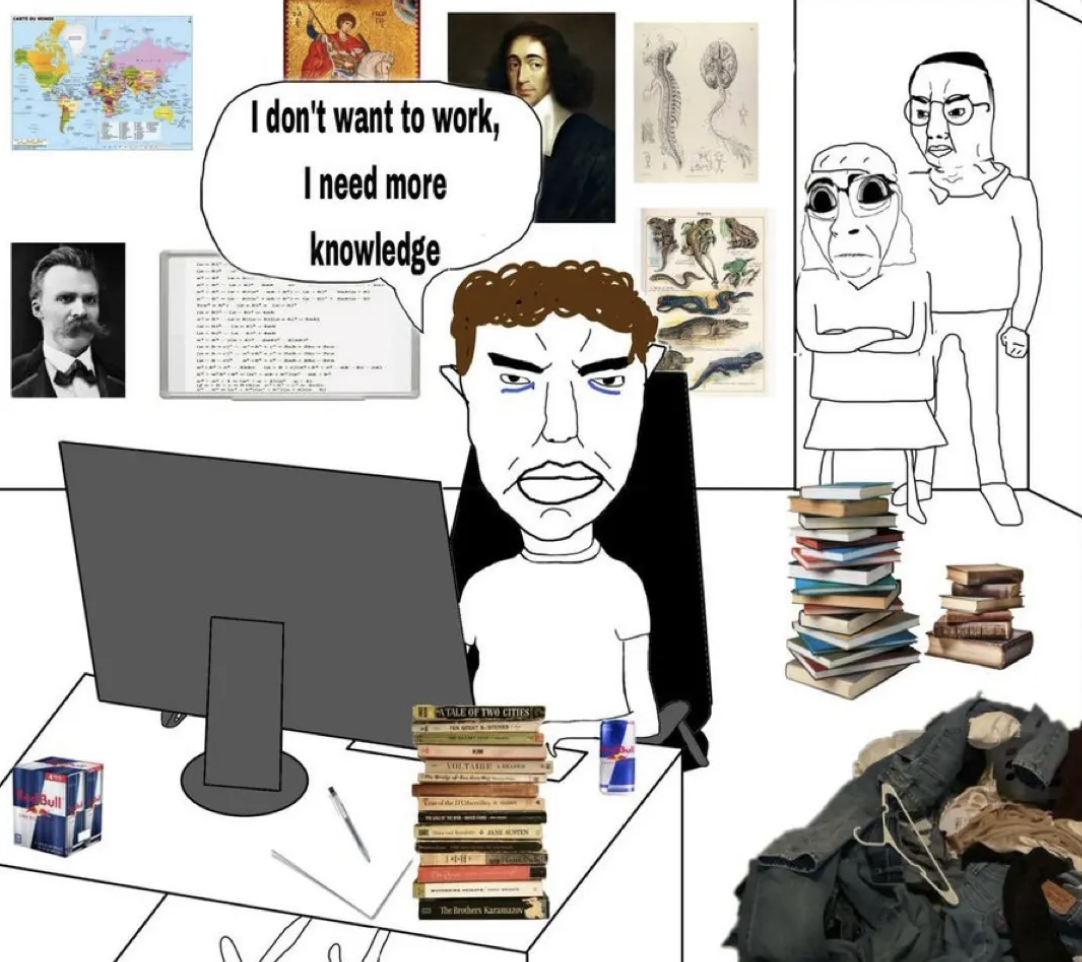The Great Resignation is still going strong. In February 2022 alone, 4.4 million people left their jobs behind.
So what’s the secret for keeping talent?
“The seismic shocks from the pandemic have caused people to re-prioritize life and work, and many have selected life—and the quality of life—over work,” says Jason Medley, chief people officer for Codility, an online coding assessment platform. “Simply put, we need to fit work into life, versus fitting life into work.”
Lee Rubin, CEO and co-founder of Confetti, a virtual culture platform, agrees: “COVID changed how people perceive their job,” she says. “The pandemic was a traumatic experience for all of us, and it led people to wonder how they're spending the hours of their days and if they’re allocating them to the right place. At the end of the day, employment is a relationship. The relationships employers build with employees have to be healthy and positive.”
To improve retention, employers are forced to return to the drawing board. Many are rethinking policies, offering new benefits, and trying to improve experience in other creative ways.
Reimagining Work After Covid: What Employees Want
Dr. Jack Wiley, organizational psychologist and author of Respect: Delivering Results by Giving Employees What They Really Want, says employees want seven basic attributes from their jobs:
- Recognition
- Challenging work
- Job security
- Fair compensation
- Professional development
- Pleasant working conditions
- Transparency
The attributes are universal in their appeal to employees, explains Wiley, who has tracked workplace preferences since 2016. But there’s been a recent, dramatic change in the trend. “From 2016 through 2018 and then through 2020, the percentage of employees identifying which attribute they most want from their organization has basically stayed the same. But the 2022 results produced dramatic changes.”
For example, the percentage of employees who identified fair compensation as their most preferred attribute increased from 26% in 2020 to 35% in 2022. Even more dramatically, the percentage of employees who identified pleasant working conditions as their most preferred attribute skyrocketed, from only 8% in 2020 to 25% in 2022, Wiley shared.
While preferences for most of the other attributes remained relatively consistent over time, Wiley’s research revealed one other major change: the percentage of employees who identified security as their most preferred attribute plunged from 32% in 2020 to only 7% in 2022.
In today’s red-hot labor market, workers are relatively unconcerned about job security, but rather are laser-focused on fair compensation and positive working conditions. As a result, employers need to assess the quality of working conditions and, where needed, make necessary improvements.
Reimagining Work Step By Step
But how can employers determine the right changes to make?
Here are our three tips for reimagining the office and work life.
- Gather employee input
- Survey new hires
- Improve performance reviews
To Reimagine Work, Gather Employee Input
There’s no need for companies to guess what employees want. They just have to ask them. At Confetti, Rubin takes a people-first approach to creating positive workplace change. “People make up a company,” she says. “It’s not just the marketing department or sales team. People are what drives the company forward, and they can be what drives a company backwards.”
To design programs for its teams, Confetti uses an employee value proposition that includes five main pillars:
- Culture, which includes support and collaboration
- Work environment, which combines achievements and work/life balance
- Career, which features learning and development
- Compensation, which includes salary and promotions
- Benefits, which covers insurance, flexibility, and time off
To ensure that the pillars are meeting employees’ needs, Rubin gathers the entire company in classic town hall and company meetings to gain input.
For example, Rubin asks what company culture means to employees, requesting real, tangible feedback from workers on how to implement changes. Her team then digests this information, and acts on it to create new policies.
Worklife’s word of advice: Keep the avenues of communication open with employees—constantly. Ask them for input and feedback on everything from company benefits, to workload, to meeting volume. They know what they want out of work, and they won’t be shy about sharing.
To Reimagine Work, Survey New Hires
On-boarding is a crucial time to engage employees in the experience they hope to get in their roles. These individuals offer unique insight into what made the company appealing, which helps ensure employers deliver on the promises they make to workers early on.
At Codility, Medley asks new hires why they accepted their job offer. This information helps him better understand which perks or brand attributes are most attractive.
For example, one new employee chose Codility due to its flexibility and remote working opportunities. “Being able to work from anywhere in the U.S. allows me to strictly focus on contributions, rather than worrying about getting to a desk through a New York City commute on time,” he said. “It's also given me the ability to think about my future plans of moving to the suburbs and starting a family with nothing but great support.”
Successfully reimagining the future of work requires an ear to the ground and keen understanding of what employees actually want.
To make surveying easier than ever, apps and tools are popping up and transforming the process. Just one that we love? Candor—a Worklife-backed company—that’s bringing the Hinge experience to professional profiles. By answering just a few fun and easy questions, employees complete prompts that tell their story:
- How they like to work
- Interests outside of work
- Hot takes that they wouldn't feel comfortable sharing otherwise (our favorite feature)
The profiles are shareable and collaborative—employees can have teammates and managers weigh in, help them reach goals, and more. The insight from these profiles not only helps employees better understand themselves, but also helps crowd source areas for improvement individually and at a company level.

Worklife’s word of advice: At Worklife, we recently surveyed 300 Gen Zers that started a job during the pandemic. From these conversations, we discovered that one of the most helpful things a manager can do is walk through how they work from home.
- How often do you check your email?
- How do you prioritize your inbox?
- How often do you take coffee, lunch, and other breaks (because we all need them!)
- How do you stay in close contact with co-workers in different time zones?
Employees, especially younger hires, want to understand expectations. Be open with them about where the company is headed and what’s needed to get there. Give them a seat at the table, and they’ll reward you with commitment and passion.
To Reimagine Work, Improve Performance Reviews
Performance reviews have always been a pain point for employees: one-way feedback, seemingly arbitrary review criteria, and lack of consistency are just a few reasons for frustrations.
But employers are finally making meaningful changes to how they manage performance reviews. Confetti, for example, has introduced “360-degree” reviews where not only do managers critique employees, but also employees critique their managers and communicate their concerns to the C-suite.
Managers also practice active listening during performance reviews, listening for clues on new programs or procedures that might be helpful for teams. For example, when a Confetti manager asked for feedback about the company’s health and wellness initiatives, one employee mentioned she wasn’t getting enough steps in during workdays. They encouraged her to set a goal, and tracked her progress during her monthly check-ins with her manager.
“We now ask team members if there is anything they wish they did for themselves, and we hold them accountable to make that happen,” says Rubin. “This idea came from actively listening to what people are saying or doing, and reading in between the lines. That requires high levels of emotional intelligence from management.”
While it may feel unusual to include personal goals with professional goals, Rubin says they are closely intertwined. It’s all part of the Great Reimagination of work and life. When you take good care of yourself, you can also be a good team member, and you can have the bandwidth to take on more challenging projects, Rubin says.
Worklife’s word of advice: Performance measurement isn’t what it used to be. To ensure employees’ success, look at the whole picture. Are they thriving both at work and in their personal lives? What can your company do to further empower them? Employee performance goes hand in hand with employee happiness. Keep your employees happy, and business results will follow.
Communication Drives the Great Reimagination of Work
The key to matching the workplace with what employees need today all comes down to creating opportunities for listening and being open to change.
“In the current highly competitive labor market, organizations that can provide what employees most want, especially in terms of total compensation packages and positive working conditions, are the ones that will enjoy competitive advantage in attracting and retaining the talent they need to succeed,” Wiley says.
Enjoyed this? Also check out:






